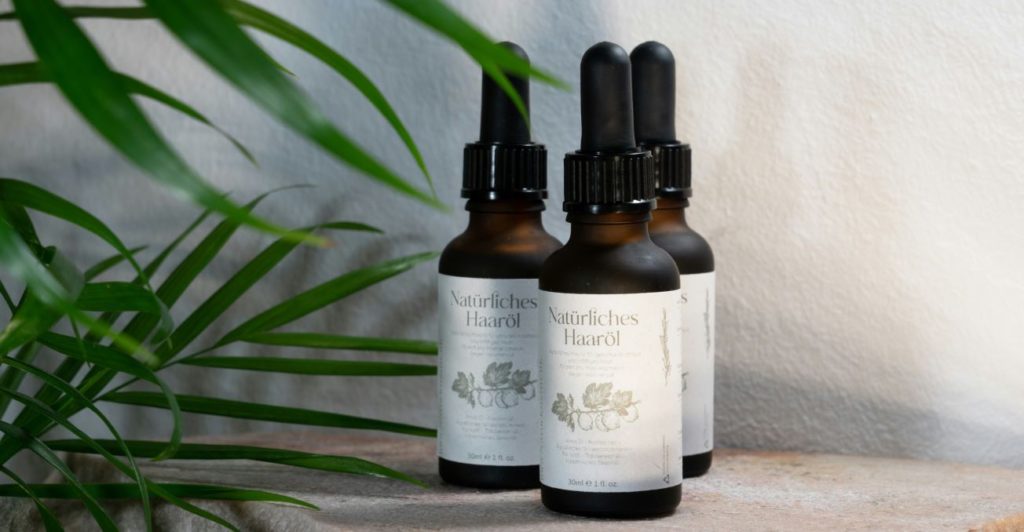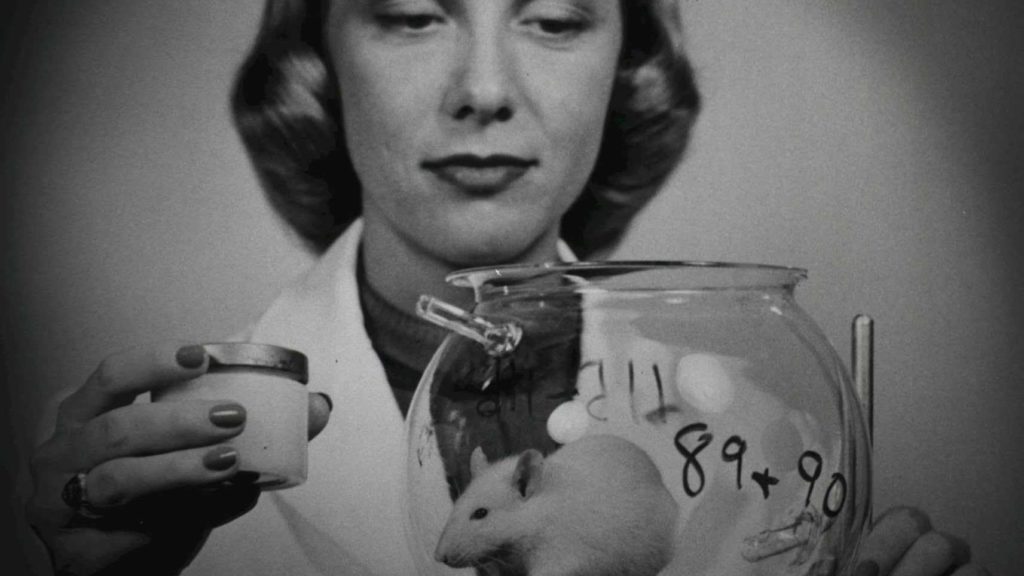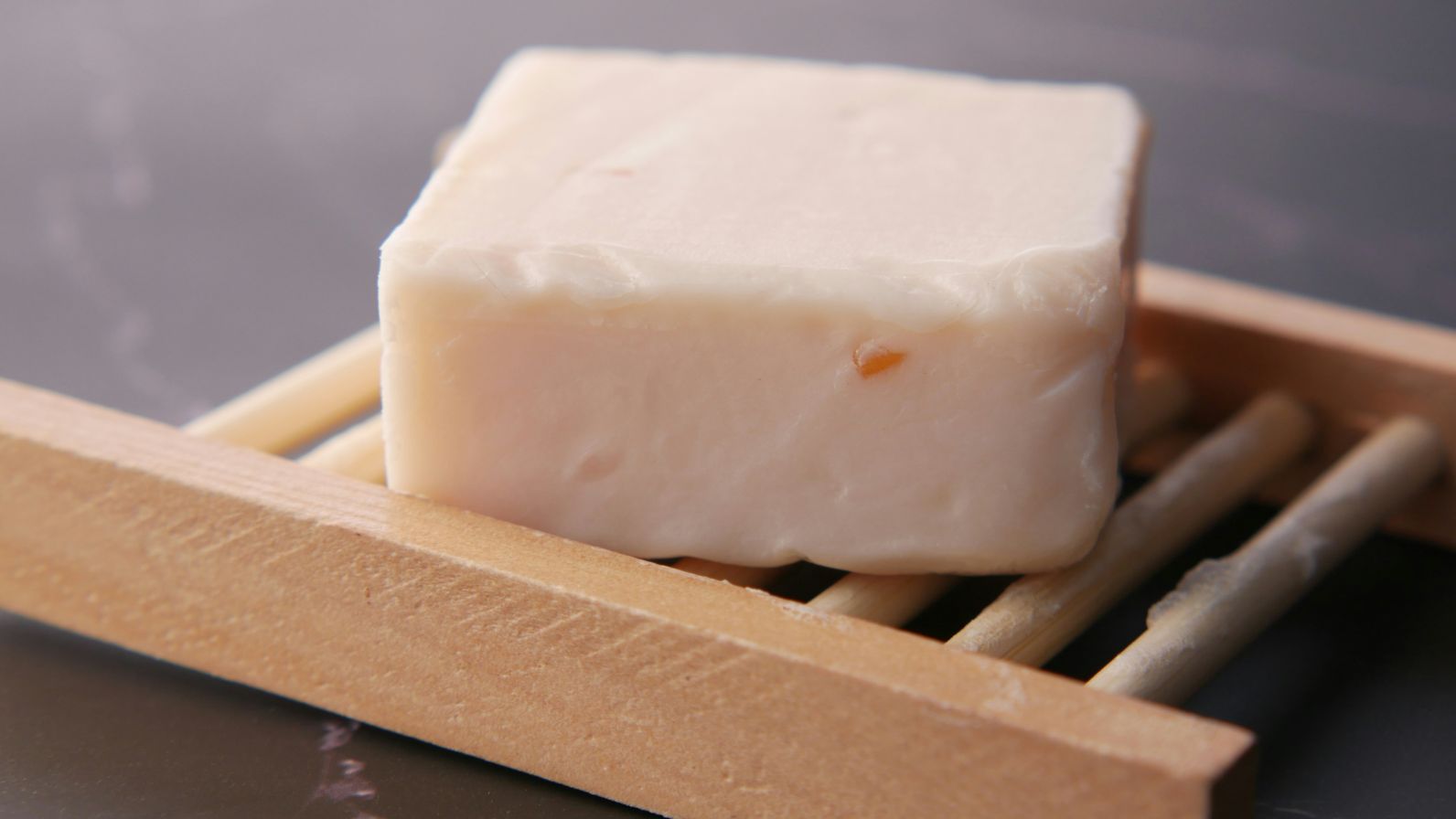Natural, organic, clean, cruelty-free and vegan cosmetics: Are they all the same? What are the differences? In this article, we aim to clarify this varied and multifaceted world.
The trend in choosing beauty products has changed dramatically in recent years. It is indisputable: there is an increasing demand for more natural ingredients and environmentally friendly processes.
Similarly, the range of organic, natural, vegan, and even vegetarian products has expanded to incredible levels. But are we sure we understand all these terms as well as we think? Organic cosmetics do not imply vegan, and vice versa. Although it may seem complicated at first, this simple guide aims to define the differences clearly.
In our article on natural cosmetic certifications, we explored the various certifications and international ISO standards that define what constitutes a natural or organic cosmetic. In this article, however, we’ll simplify things. Our goal is to make this information accessible and easy to understand, avoiding the complex definitions and standards that might be confusing for non-experts.
Natural cosmetics

To date, there has not been a legislative determination of what percentage of a formulation can be considered natural or whether synthetic elements can coexist in the formulation. Most brands that call themselves natural do so because they primarily contain ingredients from nature (e.g., extracts, essential oils). However, there is no strict rule governing these products. Thus, the term “natural cosmetics” is very ambiguous.
Some certifiers, such as COSMOS, establish specific standards, including a minimum percentage of natural derivatives and a maximum percentage of synthetic ingredients. However, these standards are not part of any law or regulation; they are defined by private companies. These companies create private standards, which are then followed by market participants wishing to label their products accordingly. The companies are audited to ensure compliance with the certification.
Eco, organic or bio cosmetics
All three terms—eco, organic, and bio cosmetics—refer to the same category. However, the preferred term varies by country. In Italy and France, “organic cosmetics” is commonly used, while in the United States, “organic cosmetics” is more prevalent. In Spain, “ecological cosmetics” is often used.
As with natural cosmetics, products can follow specific standards and obtain certification. In this case, the certification requirements are much more stringent, with higher standards and more incisive claims. Certification bodies may also ensure the biodegradable or recyclable nature of the packaging, as well as the absence of GMOs, parabens, phenoxyethanol, or certain petrochemical or synthetic ingredients.
However, it is important to note that a product can be eco, organic, or bio without possessing any certification. Determining this with certainty by reading the ingredients on the label can be complicated unless you are a professional in the field. You can find out more in our article about product claims in Europe.
Vegan cosmetics
This is the most recent chapter in the history of cosmetics. Vegan cosmetics do not contain ingredients from animals or products derived from them, such as milk, honey, or snail slime. However, the fact that a product is vegan does not imply that neither the ingredients nor the final product have been tested on animals.
However, according to European legislation (European Regulation 1223/2009), testing cosmetic products on animals is prohibited in Europe, regardless of whether they are vegan or not.
All products on the market must comply with current regulations. In the future, more attention will be paid to using alternatives, such as New Approach Methodologies (NAMs) including QSARs (Quantitative Structure-Activity Relationships), which are mathematical models. Compared to past tests, these methods will allow for toxicological evaluations of cosmetic products and ingredients without involving animals, as provided for by the SCCS Notes of Guidance in its latest revision.
Vegetarian cosmetics
In common parlance, the definition of vegetarian cosmetics is often confused with vegan cosmetics, but the difference is substantial. Vegetarian cosmetics refer to products that do not contain animal ingredients but can include ingredients derived from animals, such as honey or milk.
Conversely, vegan cosmetics, as mentioned in the previous paragraph, exclude any derivative related to the animal world. For example, a cosmetic containing a derivative of honey (labelled as MEL or MEL EXTRACT) or beeswax (Cera Alba), obtained with the help of bees, would be a vegetarian cosmetic but not vegan.
Cruelty-free cosmetics

You may have seen specific symbols on many packages, such as a bunny with pink ears (the Leaping Bunny Cruelty-Free International symbol). Recognized worldwide, it indicates that neither the product nor its ingredients have been tested on animals.
However, it’s important to note that in Europe, according to the Cosmetic Regulation, a product must not have been tested on animals for cosmetic purposes, regardless of whether it has this seal. This is crucial to remember, especially when purchasing from abroad. Please check out our article on animal testing in cosmetics to understand more in-depth this particular aspect.
In countries such as Chile, Australia, or Canada, there are no prohibitive regulations like those in Europe regarding cosmetic testing on animals. Checking for the Cruelty-Free seal ensures that the product and its entire supply chain are free from animal testing. This is particularly relevant in markets where such regulations are not enforced.
In the European market, the symbols or any “cruelty-free” indication would merely reiterate an existing legal requirement, which conflicts with Regulation 655/2013 related to cosmetic claims. There are specific logos for the European market that do not directly express the claim “cruelty-free” but are based on a symbol without text. However, we suggest avoiding any logo for this purpose, as it could still be interpreted as misleading.
What is Clean Beauty, the new trend in cosmetics
Born from the need to support the environment and help the planet, clean beauty promotes both the use of natural ingredients in products and transparency towards the consumer. Clean beauty aligns with the concept of eco-sustainable beauty. This trend has been adopted by several brands to formulate their products naturally, often using eco-sustainable and minimal packaging.
Transparent cosmetics and green philosophy
At the heart of clean beauty is the demand from consumers who choose to support the planet. They seek products with zero environmental impact and safe, green ingredients.
Today, Millennials and Generation Z are the most attentive to this trend, showing their commitment to eco-sustainability by choosing natural and plastic-free products. This contemporary generation is mindful of the planet’s health and aware that sustainable choices impact collective well-being and what will be left for future generations. To understand how microplastics can be present in cosmetic products, read our expert’s insight on the topic.
Many companies are deciding to change course, adopting the true philosophy of eco-sustainable beauty. They clearly state what their products contain and provide a transparent INCI on the packaging. Some cosmetics lines contain 99% ingredients of natural origin and only 1% other ingredients necessary for the safety and stability of the formula.
The aim is to comply with the transparency pact towards consumers by providing a clear and precise label, specifically listing all the ingredients used in the production chain. Similarly, there are international companies that have embraced the environmental awareness campaign and respect for the entire planet.
They are implementing conscious behaviours such as renouncing the use of silicones in beauty creams and surfactants in soaps, which cause pollution. For example, substances like D4, D5, and D6, which we discussed in our newsletter have a significant environmental impact.
Attention to green and eco-sustainable beauty
Why is having a clean INCI a great presentation card for a brand? According to European Union regulations, products must have the INCI (International Nomenclature of Cosmetic Ingredients) printed on the packaging, indicating the substances contained and their respective quantities in order. This is essential for understanding what is inside cosmetics and gaining a complete picture of what we put on our skin, starting us on the path toward green beauty. To get the big picture about INCIs, please read our blog article guiding you through the International Nomenclature of Cosmetic Ingredients.
Carefully checking the labels of our cosmetics can reveal if they contain silicones, parabens, or if they are made with natural and organic ingredients. Consumer awareness in checking labels helps not only in choosing clean products but also in avoiding skin irritation caused by allergenic or toxic ingredients.
The real addition to the clean beauty universe is that many brands are focusing heavily on eco-sustainability with sustainable and minimal packaging, completely eliminating unnecessary elements.
Still have doubts about your product? Would you like to understand if it is obtained without derivatives of animal origin and therefore can be defined as Vegan?
With our experience, we can help you understand the nature of your cosmetic product, including its packaging, and effectively exclude any critical ingredients to support important claims on your label.
Additionally, we can assist you in selecting suppliers who are committed to sustainability, ensuring your product has a natural and sustainable look without falling into greenwashing. Contact us to learn more.



